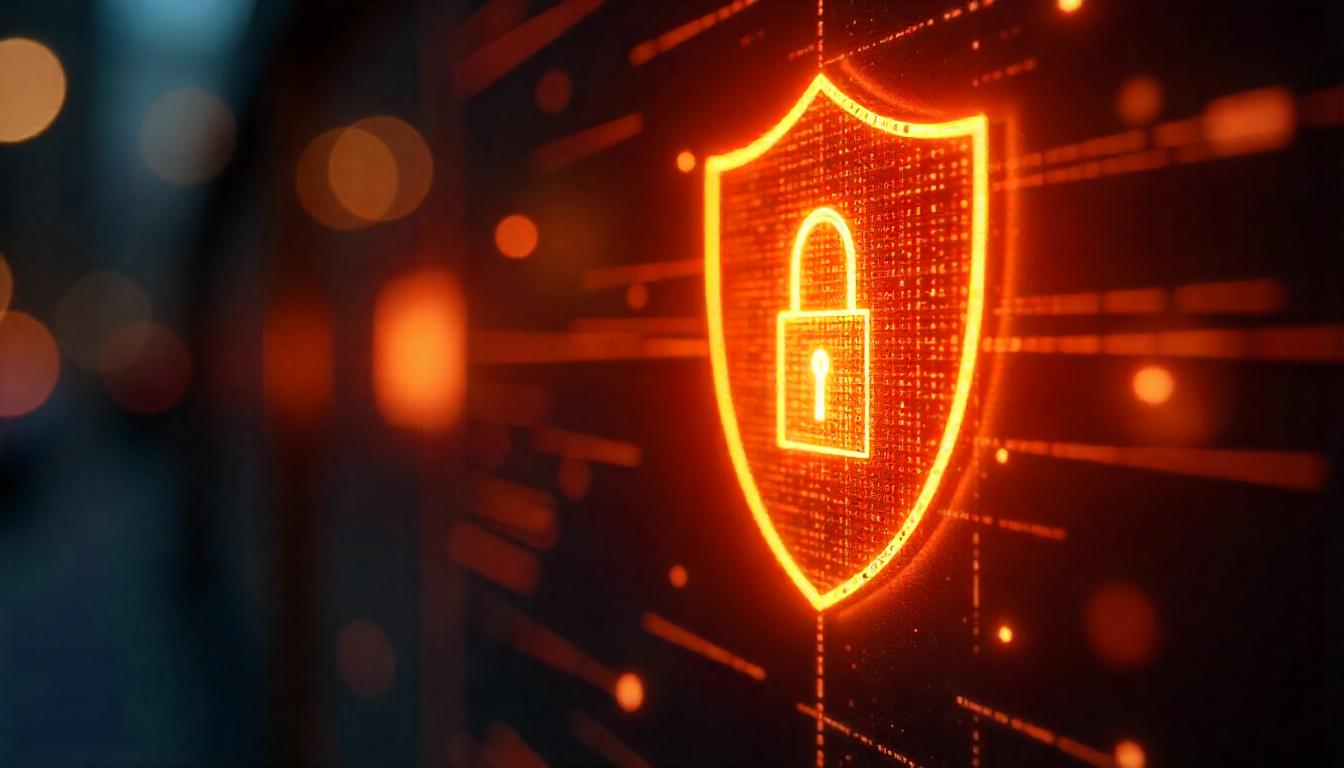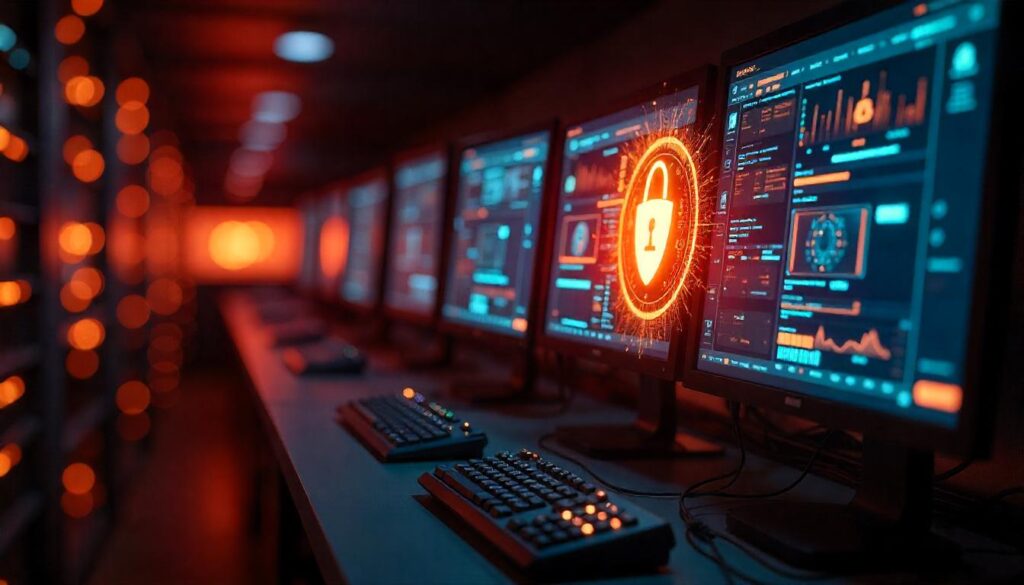Address
304 North Cardinal St.
Dorchester Center, MA 02124
Work Hours
Monday to Friday: 7AM - 7PM
Weekend: 10AM - 5PM
Address
304 North Cardinal St.
Dorchester Center, MA 02124
Work Hours
Monday to Friday: 7AM - 7PM
Weekend: 10AM - 5PM

Why need 24/7 security monitoring is essential? Break-ins and cyberattacks don’t follow business hours. Thats why, it catches threats the moment they happen, not hours later. We’ve seen firsthand how a few unmonitored minutes can turn into major losses. Around-the-clock coverage eliminates blind spots and speeds up response times.
Whether protecting data or property, nonstop surveillance helps stop incidents before they escalate. MSSPs we consult with rely on this approach to close security gaps and strengthen client defenses. Want to know what always-on security really delivers? Keep reading, we’ll break down why continuous monitoring is no longer optional.
Implementing continuous security monitoring can reduce cyber threats by up to 75% in real-time, showcasing its effectiveness in proactive threat management (1).
Threats don’t sleep. That’s something we’ve seen again and again. Whether it’s a thief breaking in late at night or a hacker launching an attack over a long weekend, trouble can happen any time. Most of our MSSP clients already understand this, what they need is proof that their monitoring tools don’t take breaks.
A security operations center (SOC) running 24/7 security monitoring solves that. We’ve helped providers audit monitoring platforms that never stop watching. These systems plug the gaps where a quick break or shift change could leave a window open to threats.
What’s the impact?
Businesses and homeowners both get the same result, less risk and faster protection. We’ve seen how just 15 minutes without coverage can cause real damage. That’s why continuous monitoring is now a basic need, not a luxury.
Watching isn’t enough. It has to be smart watching. We often recommend tools with AI built in, cameras that know the difference between a dog and a burglar, or sensors that can ignore wind but detect forced doors.
When MSSPs ask us to audit detection systems, we focus on false positives. Too many false alerts and teams start ignoring them. AI fixes that. The best systems learn over time and only alert when there’s a real risk.
In our audits, we usually prioritize:
By combining machine learning with live human analysts, monitoring centers stay sharp. That’s a big deal when it comes to stopping real attacks fast.
A quick response is everything. We’ve watched SOC teams shut down a data breach before it spread, just because they acted in seconds. That only happens with 24/7 coverage.
Here’s how it works:
A sensor picks up motion. A camera confirms the movement. An analyst checks and sends a report. Then, depending on the protocol, the system alerts the police or on-site guards.
Without monitoring? That chain doesn’t start until someone finds the damage.
We’ve worked with clients where:
All of that started with fast alerts. It’s not magic, it’s monitoring.
Emergencies don’t follow a 9-to-5 schedule. We’ve handled cases at 2 a.m. where a smoke detector saved a whole facility. But it only worked because someone was watching and reacted fast.
When MSSPs choose vendors for their clients, we advise them to ask hard questions about response time. Because a good system doesn’t just alert, it acts. It contacts fire departments, dispatches patrols, shuts doors, and sounds alarms instantly.
Miss a second, and you’re gambling with safety.
There’s something simple but powerful about being seen. Most people will think twice if they spot a camera. We’ve helped MSSPs deploy monitoring systems in high-risk areas, and the drop in crime is measurable.
Visible security tools work like a warning sign. In many audits, we include physical presence as a category:
Together, these tools tell would-be intruders: “Don’t bother.”
Criminals look for easy targets. Make it obvious that someone’s watching, and they move on.
The strongest setups we’ve reviewed don’t just rely on cameras or guards. They layer systems together. That’s the model we recommend to MSSPs helping commercial clients with loss prevention.
For example:
This combo creates a shield around the property. Thieves know they’ll be seen, and that someone will respond fast. That’s the deterrent effect we aim for.
Physical assets are important. But digital ones are just as valuable. We help MSSPs pick tools that can protect both. Modern threats often target servers, not just safes.
With continuous monitoring, companies can:
Managed Detection and Response (MDR) services are especially good at this. We’ve run audits where MDR found issues even the IT team missed. That’s the kind of coverage businesses need today.
Families need the same kind of protection. We’ve worked with MSSPs building smart home packages that include intrusion alerts, CO2 sensors, and fire alarms, all monitored 24/7.
The result?
These systems act like a quiet bodyguard. Homeowners don’t have to think about them until they’re needed. And when they are, they work.
There’s a real comfort in knowing trained professionals are watching. We’ve spoken with clients who say they stop checking cameras every night once they know someone else already is.
That peace of mind helps:
It’s not just about hardware. It’s the people behind it that matter.
When employees know their workplace is safe, they work better. When families know their home is secure, they rest easier. These aren’t just side benefits, they’re major reasons people invest in monitoring.
We’ve seen how reduced stress and higher morale come from good security. And we tell MSSPs to include that value in their product evaluations.
A lot of industries have rules about security. We’ve helped MSSPs set up systems that meet HIPAA, PCI DSS, and GDPR. That means continuous monitoring, logs, alerts, and audit trails.
Without these features, companies face:
Monitoring systems help prove compliance. They show who accessed what, when, and how. That’s key for staying out of hot water.
Insurance companies love reduced risk. If a property has a 24/7 monitored system, it’s less likely to face theft, fire, or liability claims. We often recommend MSSPs help clients submit system specs to insurers, it often leads to savings.
This adds financial value, not just security.
Having guards 24/7 is expensive. Remote monitoring does the same job at a lower cost. We’ve helped clients cut their spending while boosting security by switching to remote setups.
Let’s break it down:
That’s why many MSSPs now prefer remote-first models.
Today’s systems let owners check in from anywhere. We’ve tested apps that let users view cameras, silence alarms, and contact support from a phone.
This feature is great for:
Convenience matters. And the best tools deliver it.
We’ve seen SOCs run better when everything flows into one dashboard. Instead of juggling tools, they use SIEM platforms that bring it all together, video, sensors, network traffic.
This makes teams:
MSSPs should always look for vendors with strong integration features.
AI helps monitor faster than people can. It spots patterns, flags odd behavior, and even takes action. We’ve watched automation cut response time in half.
For example:
That mix of tech and talent works best.
AI tools spot problems regular cameras miss. They know if someone’s loitering too long or if a motion is normal. In our audits, we see a big drop in false alarms when AI is added.
Benefits include:
Between 94% and 98% of all alarm calls to law enforcement in the United States are false alarms. This high rate can lead to desensitization among emergency responders and potential delays in addressing genuine threats (2).
Owners can check in from their phones or laptops. We tell MSSPs to pick systems with mobile dashboards. It adds flexibility and makes users feel more in control.
Smart alarms don’t just ring. They follow a plan:
These systems act fast and keep everyone in the loop.
Every site is different. We help MSSPs select solutions that scale, small homes, large campuses, retail chains.
Look for systems that:

Start by understanding the risks. Every property has different weak points. We run site assessments to find them.
Then we build around that with monitoring.
When choosing a monitoring partner, MSSPs should look at:
We’ve helped filter vendors by running mock breaches during demos. The best ones respond quickly and clearly.
Budget matters. But smart security saves money in the long run. We show MSSPs how fewer losses and lower insurance costs can pay for upgrades over time.
Threats change. So do tools. The best systems allow updates and upgrades. We always look for flexibility and long-term support.
We’ve learned that 24/7 security monitoring isn’t just tech or cost, it’s a safety net that never sleeps. It shuts down gaps before threats slip through. For MSSPs serious about protecting clients, this kind of nonstop vigilance is essential. If you’re looking to simplify your stack, cut noise, and boost service quality, join us here. We help MSSPs choose the right tools, audit vendors, and strengthen security, backed by 15+ years and 48K+ completed projects.
24/7 security monitoring helps stop cyberattacks, break-ins, or system problems anytime, day or night. It uses real-time threat detection, alarm monitoring, and access control monitoring to catch trouble fast. With remote monitoring and security event management tools like SIEM solutions, teams can track everything, like phishing detection and ransomware protection. It keeps watch all the time.
Continuous security monitoring uses tools like intrusion detection systems, endpoint security, and threat intelligence to catch early signs of danger. With anomaly detection, security alerts, and credential theft prevention, it stops trouble before it spreads. We’ve seen how combining vulnerability management with strong security policy enforcement helps stop data breaches.
A security operations center, or SOC, is where round-the-clock monitoring happens. It uses network surveillance, security analytics, and forensic analysis to watch for threats. A managed SOC or SOC as a service gives you a full team for cyber threat monitoring, incident response, and security escalation. It’s where nonstop protection begins.
Yes, 24/7 cybersecurity is key to keeping business running. Real-time monitoring, disaster recovery, and risk mitigation stop threats before they cause downtime. Whether it’s system log monitoring, malware detection, or cyber risk management, it helps everything stay up. We’ve helped MSSPs use continuous threat assessment to keep operations safe.
MDR services give fast help with threats. They use security automation, endpoint detection and response, and rapid incident response. MSSPs get strong backup for threat remediation, security investigations, and emergency action. We help set up advanced persistent threat detection, log correlation, and orchestration to boost protection 24/7.